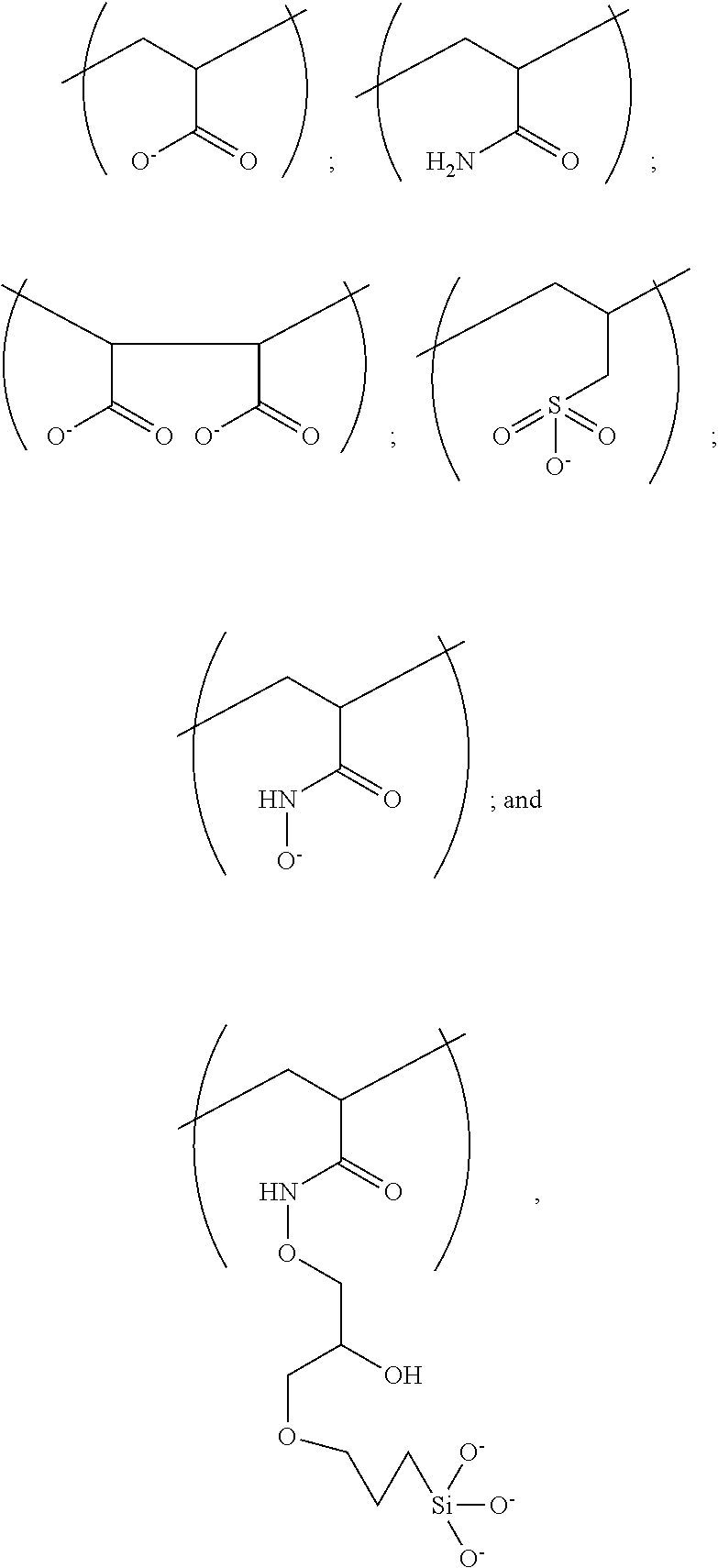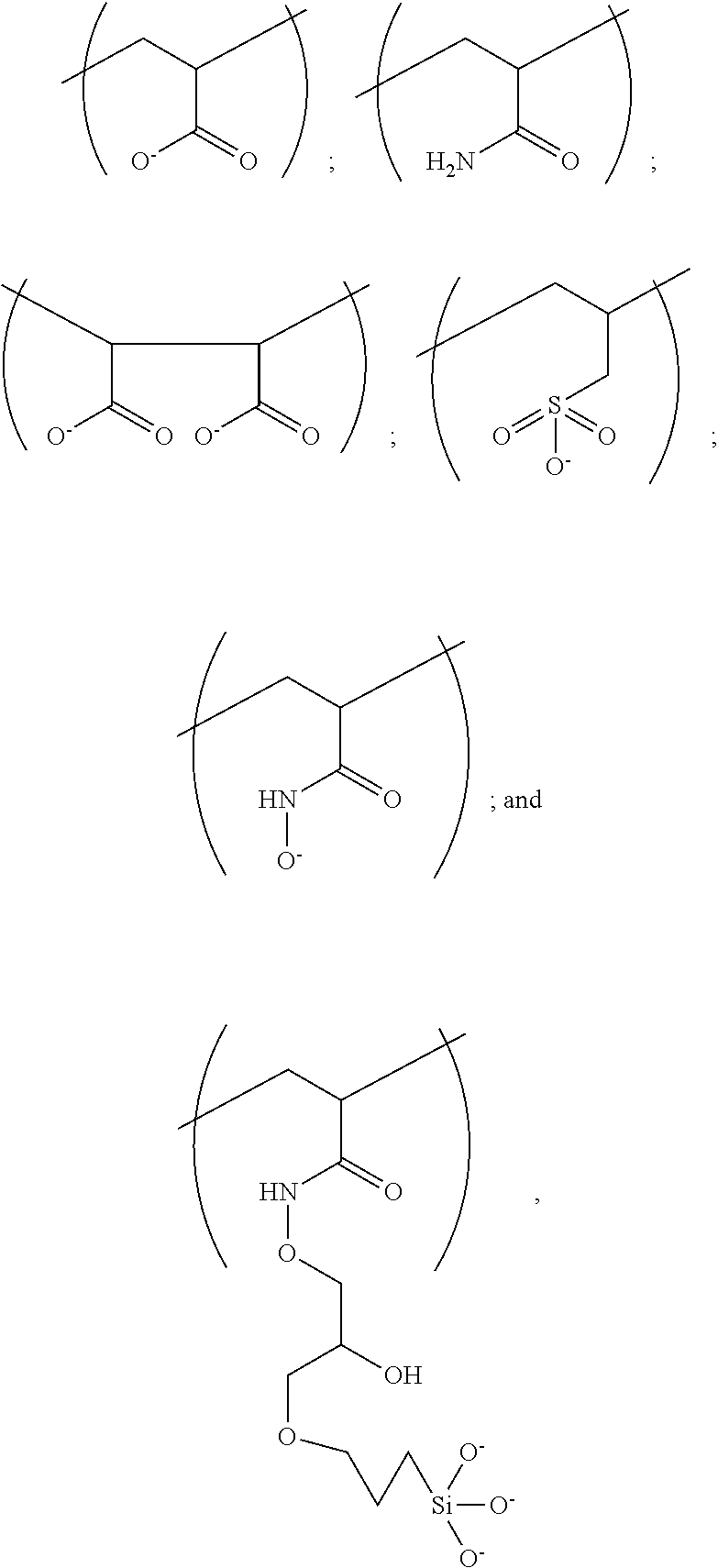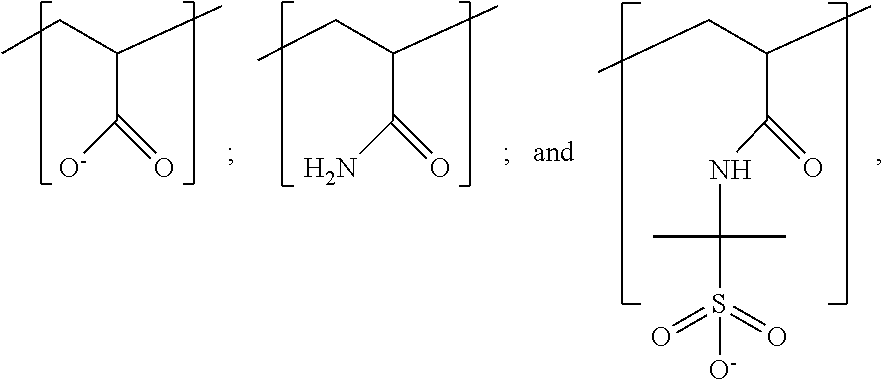Binder formulations and uses thereof for forming agglomerated products of particulate material
a technology of agglomerated products and binding agents, which is applied in the direction of granulation with special binding agents, etc., can solve the problems of reducing the efficiency of blast furnace operations used in smelting ore, affecting the agglomeration of products, and high silica content, so as to reduce the content of silica and increase the porosity of the formed products
- Summary
- Abstract
- Description
- Claims
- Application Information
AI Technical Summary
Benefits of technology
Problems solved by technology
Method used
Image
Examples
example 1
Lab-Scale Production of Iron Ore Green Balls and Pellets
[0100]The following is a description of iron ore green ball and pellet production in a laboratory setting. This process is accepted by those skilled in the art to replicate plant-scale results and can also be used for agglomerating particulate materials of other substances with no more than routine experimentation or modifications.
[0101]Concentrated iron ore obtained from an iron ore processing plant is weighed to 3 kg on a dry basis. Water may be added to the concentrated iron ore to bring the overall moisture level up to 9-12%, depending on the pelletization requirements of the ore. The water added may be distilled water, tap water, deionized water, or process water from a processing facility. The concentrate ore is mixed by hand to incorporate the added water. A binding agent according to the invention as described herein is added to the iron ore concentrate and further mixed by hand. A clay material can be included in the b...
example 2
Lab-Scale Production of Iron Ore Green Balls and Pellets Using Bentonite as the Binding Agent
[0108]Laboratory scale pelletization tests are performed as above for Example 1 using a magnetite concentrate (Fe3O4) from an iron mine, and a standard sodium bentonite used industrially for pelletization applications as the binding agent. As a baseline comparison, two tests were performed using 8.0 and 4.0 kg of bentonite per metric ton (“mt”) of ore concentrate, and the resulting wet drop number, dry strength, and moisture content are shown in Table 1.
TABLE 1Bentonite as the sole binding agent in green ball and pellet formationBinderWetDryGreen BallBinderDoseDropStrength,Moisture,Example No.Agentkg / mtNumberkgf%2.1 - ComparativeBentonite8.07.23.29.52.2 - comparativeBentonite4.04.21.59.1
[0109]As shown in Table 1, as bentonite content is reduced, the resulting moisture content is reduced. This negatively impacts the ability for the pellet plant to produce adequately sized green balls. Accordi...
example 3
Lab-Scale Production of Iron Ore Green Balls and Pellets Using Bentonite and a Low Molecular Weight Aqueous Polyacrylamide as the Binding Agent (Partial Replacement of Bentonite)
[0112]Laboratory scale pelletization tests are performed as above for Example 1 using a magnetite concentrate (Fe3O4) from an iron mine, and sodium bentonite partially replaced / blended with a low molecular weight aqueous polyacrylamide as the binding agent.
[0113]The low molecular weight (“LMW”) polyacrylamide polymer (Binder 2-A) contains sufficient amount of charged monomers to cause a dispersion of the bentonite platelets throughout the balling feed. This increases the effectiveness of the remaining bentonite to provide the wet drop and dry strength required for the process and is, therefore, viable as a binding agent. Examples of the use of Binder 2-A with bentonite and the resulting wet drop number, dry strength, and green ball moisture are shown in Table 2.
TABLE 2Examples of a LMW polyacrylamide polymer...
PUM
| Property | Measurement | Unit |
|---|---|---|
| mol % | aaaaa | aaaaa |
| mol % | aaaaa | aaaaa |
| mol % | aaaaa | aaaaa |
Abstract
Description
Claims
Application Information
 Login to View More
Login to View More - R&D
- Intellectual Property
- Life Sciences
- Materials
- Tech Scout
- Unparalleled Data Quality
- Higher Quality Content
- 60% Fewer Hallucinations
Browse by: Latest US Patents, China's latest patents, Technical Efficacy Thesaurus, Application Domain, Technology Topic, Popular Technical Reports.
© 2025 PatSnap. All rights reserved.Legal|Privacy policy|Modern Slavery Act Transparency Statement|Sitemap|About US| Contact US: help@patsnap.com



